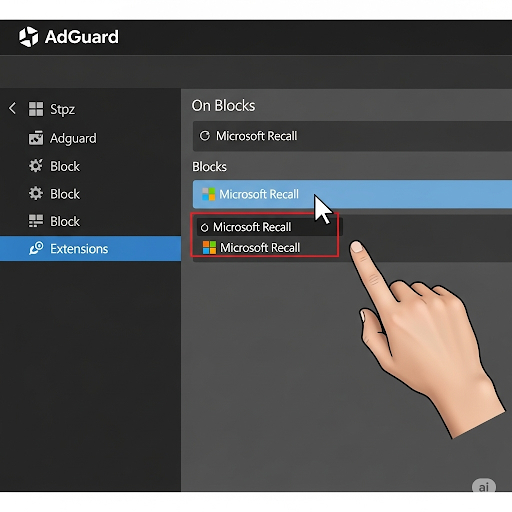Video platform YouTube announced a significant softening of policy regarding profanity in videos, allowing content creators to use strong language without monetization restrictions when certain conditions are met.

Opera has officially filed a complaint against Microsoft, accusing the tech giant of using unfair methods to coerce Windows users into using the Edge browser instead of alternative solutions.

Telegram messenger introduced a new bot for user age verification that will help protect minors from inappropriate content and ensure compliance with age restrictions.

Microsoft unexpectedly blocked the developer account of the popular office suite LibreOffice in its application store, rejecting the subsequent appeal. This incident raises serious questions about the fairness of moderation in digital ecosystems.

Microsoft specialists have discovered a serious vulnerability in the macOS operating system that allows attackers to bypass the Transparency, Consent, and Control (TCC) protection system and gain unauthorized access to users' confidential data.

Nothing has released the Nothing OS V3.2 update, which significantly improves camera performance and overall functionality of the CMF Phone 2 Pro smartphone. The new firmware addresses key device shortcomings and makes it more competitive in the market.

Microsoft officially confirmed that recent Windows 11 24H2 updates are causing serious problems, including system slowdowns, crashes, and freezes. The company is working to resolve the identified issues.

Starlink has officially commented on the major satellite network outage that affected users worldwide. The cause of the problems was an unsuccessful software update.

Microsoft has released a significant Remote Desktop Protocol (RDP) update for Windows 365, enhancing cloud desktop performance and functionality. New capabilities include data transmission optimization and enhanced security features for improved user experience.

AdGuard company announced plans to block the new Microsoft Recall function in Windows, which records user screen activity. The decision was made for privacy protection and data security considerations.

Google has announced the launch of Web Guide — an innovative tool that will help users better structure and organize search results to improve information processing efficiency.
- Clorox Hack: How a Simple Call to Tech Support Led to a Major Cyberattack
- Microsoft Added New AI Features to Windows 11 for Screen Content Analysis
- Mozilla Thunderbird 141.0 Release: New Features and Improvements
- Windows 11 to Get Multi-Device Audio Playback Feature
- GStreamer Multimedia Framework 1.26.4 Release
- Apple Sues Popular Blogger for Leaking iOS 26 Design Before Official Announcement
- Cloudflare Begins Blocking Pirate Sites for UK Users
- Suricata 8.0 Intrusion Detection System Release
- Updated AMOS Version Released — Popular macOS Virus Becomes Even More Dangerous
- Researchers discovered dangerous Android hacking method through invisible interface




